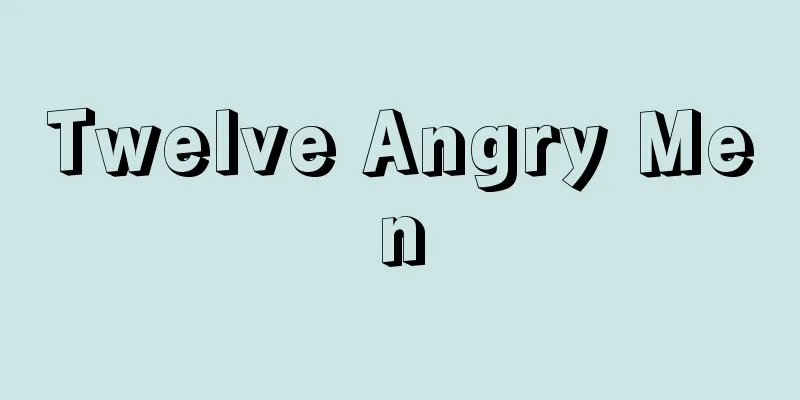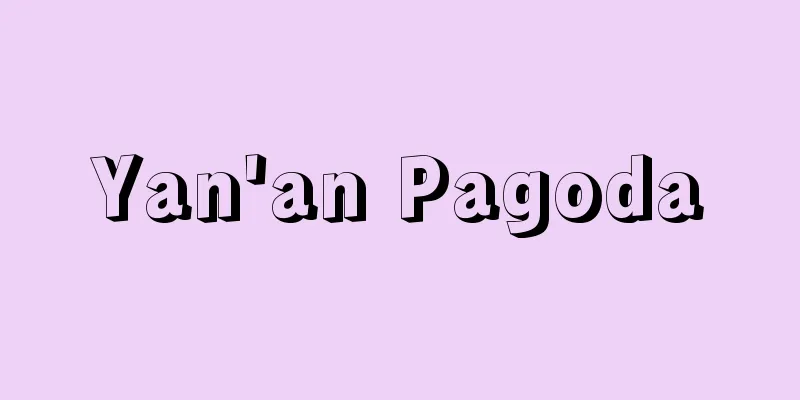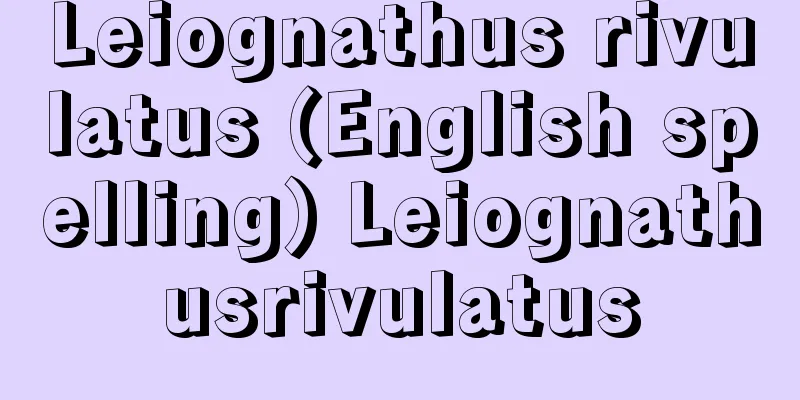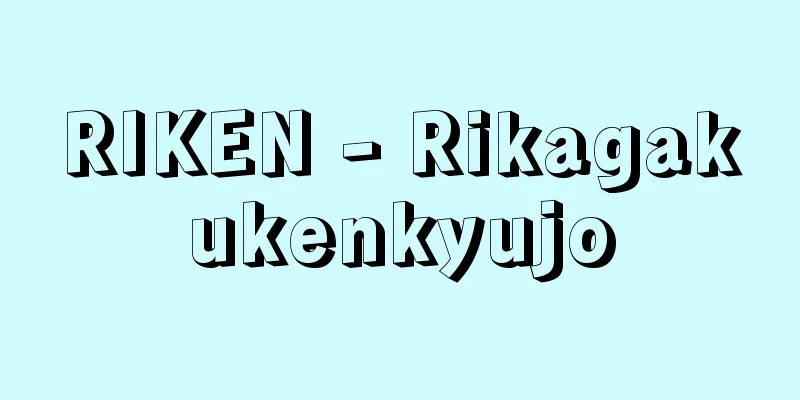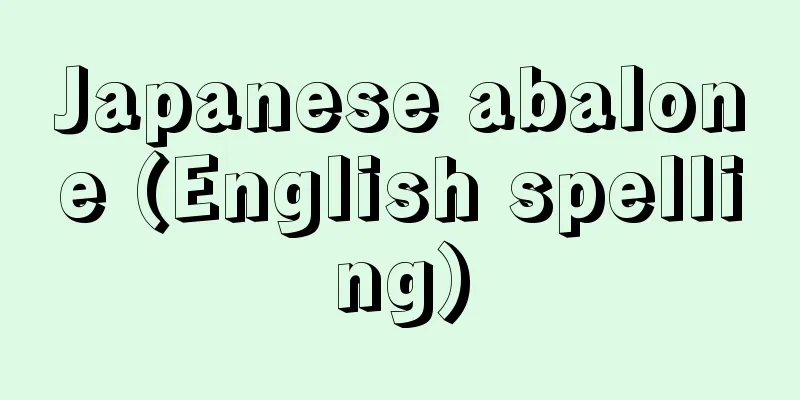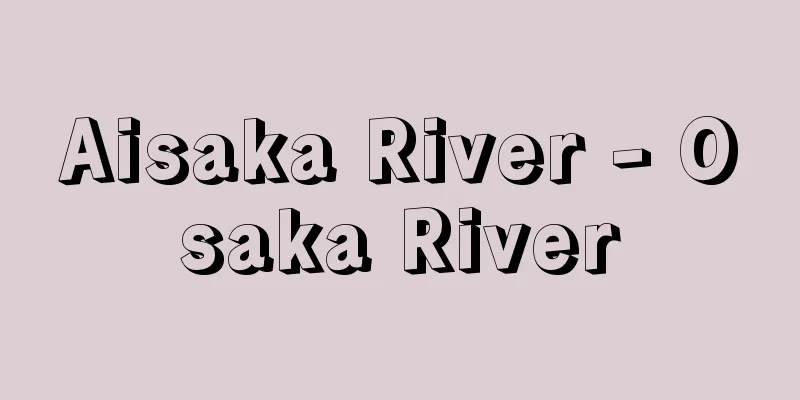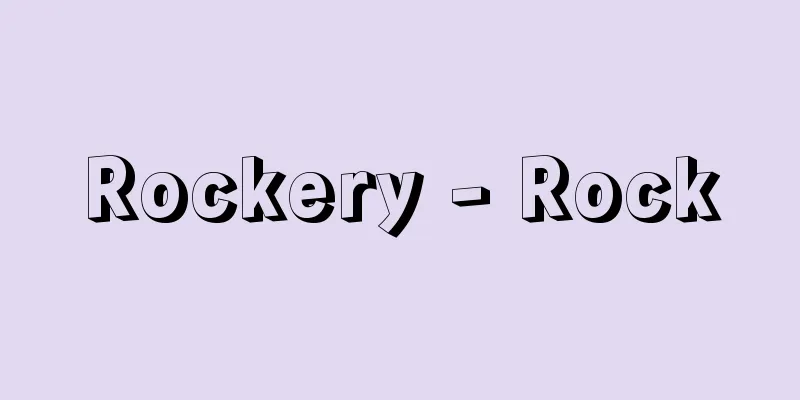Declaration of public ownership of the sea surface - Kaimenkanyusengen
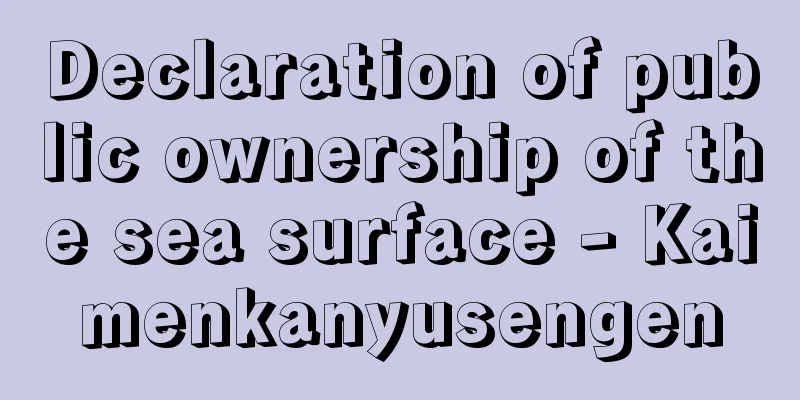
|
It was in 1875 (Meiji 8) that the Meiji government began to unify the fishing system. In February of that year, miscellaneous taxes were abolished with Dajokan Proclamation No. 23. This was the first step in unifying tax collection, which had previously been divided among different regions, but it also stipulated that for the time being, local governments would be required to collect taxes on any tax that would be a hindrance to business control if not collected. Until then, fishing taxes had been extremely diverse, and as such they were naturally abolished as one type of miscellaneous tax, but at the same time, there were many cases in which fishing production was of a nature that required taxation in order to control business operations. Source: Heibonsha World Encyclopedia, 2nd Edition Information |
|
明治政府が漁業制度について統一的な再編成に着手したのは1875年(明治8)である。同年2月太政官布告第23号をもって雑税の廃止が行われた。これは従来区々であった収税を統一するための第1の措置であったが,当面税金を徴収しないでは営業取締り上さしつかえるものは,当分地方において改めて収税する規定になっていた。漁業税もそれまで実に多種多様なものであり,当然雑税の一種として廃止されたが,同時に漁業生産は営業取締りの必要上,収税しなければならない性格を持つ場合が多かった。
出典 株式会社平凡社世界大百科事典 第2版について 情報 |
>>: Surfactant - Surface active agent
Recommend
Oshu Shogunate - Oshu Shobakufu
…The Kokufu was established with the Shiki Hyojos...
creeping lily-turf
...Distributed throughout Japan, often found in l...
Mishnaic Hebrew (English spelling)
…The consonant text of the Bible dates back to th...
Hanoura [town] - Hanoura
A former town in Naka District, eastern Tokushima ...
Haberdashery - Komamonoya
〘noun〙① A house that mainly sells women's acce...
Toshiaki Honda
A pioneer of modern practical learning who system...
Koryŏng‐Kara (English spelling)
A powerful state among the Gaya states of ancient ...
Heizo Hasegawa
A samurai of the late Edo period. His childhood n...
Bundled conductor
A method in which the conductor of a transmission ...
Image tube - Image can
An image tube is a device that converts an optical...
Phenolphthalein - Phenolphthalein
It is a triphenylmethyl dye, a type of compound c...
basic price system
...This system is essentially a unilateral import...
Okuyuhitsu
A title of a job in the Edo Shogunate. A position ...
Xenicus longipes (English spelling) Xenicuslongipes
…[Naoya Abe]. … *Some of the terminology that men...
Shikaoi [town] - Shikaoi
A town in Kato District, Hokkaido. The northern pa...
